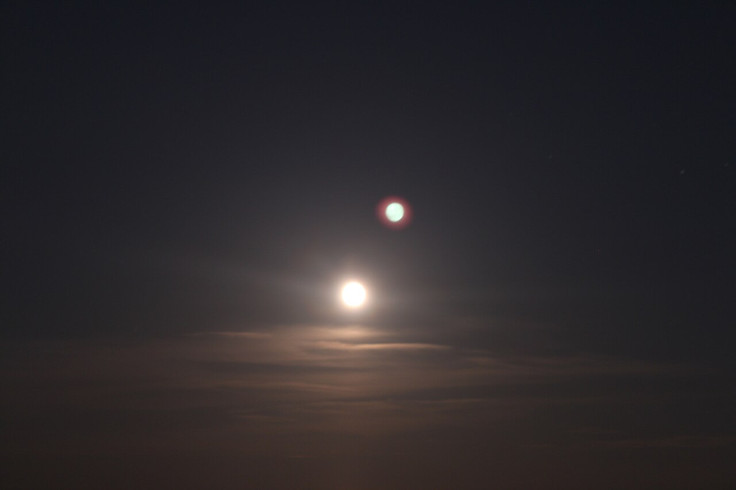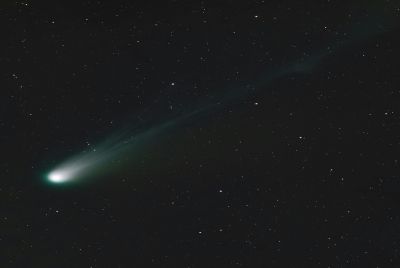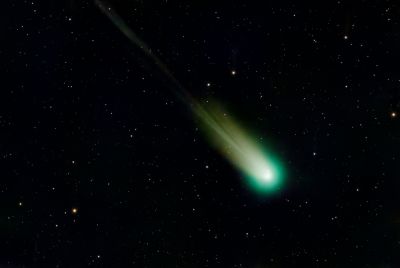Astronomers Capture Unexplained Flashes Hitting the Moon Twice in Two Days, Experts Eye Potential Threats
Two impacts recorded on the Moon in consecutive days have left astronomers intrigued

Astronomers have recorded two unusual flashes on the Moon's surface in just two days, igniting speculation about mysterious impacts or even unknown visitors, following 3I/ATLAS entry into our solar system.
Both events were captured from Earth using high-tech telescopes capable of detecting motion and explosions on the lunar surface. While preliminary analysis points to high-speed meteoroid impacts from the Taurid meteor shower, the unusual timing has left some observers questioning more.
Two Flashes on Moon Craters
Japanese astronomer Daichi Fujii, curator of the Hiratsuka City Museum, first spotted a bright circular flash on 30 October near the massive 68-mile-wide Gassendi Crater. This was then followed by a second flash on 1 November near the western edge of Ceanus Procellarum, one of the Moon's largest lava plains covering about 1.5 million square miles.
Japanese astronomer Daichi Fujii captured two brilliant flashes on the moon's nightside on Oct. 30 and Nov. 1, 2025. The flashes were likely caused by meteoroids from the Taurid meteor shower...
Both flashes only lasted seconds, making it one of the rarest back-to-back impacts.
The Daily Mail reported that Fujii believes the timing of flashes is particularly unusual, 'With my 20cm telescope, I typically detect about one impact flash every few dozen hours of observation. Because the thin crescent Moon is visible only briefly, I observe a few dozen flashes per year'.
Mysterious Flashes on Moon Explained
Astronomers suggest the flashes were likely caused by meteoroids from the Taurid meteor shower, which occurs each year in late October and early November as Earth passes through debris left by Comet Encke.
Unlike Earth, the Moon lacks an atmosphere to slow incoming meteors.
As a result, space rocks can hit the surface at speeds approaching 60,000mph, generating brief but intense flashes and extreme heat.
Smaller meteors entering Earth's atmosphere burn up due to friction, creating the shooting stars familiar to stargazers.
On the moon, however, there is no protective layer, so even small rocks can produce visible explosions.
Fujii used telescopes located in Hiratsuka and Fuji, Japan, equipped with special sensors to detect rapid changes in brightness. Over 15 years, his setup has captured almost 60 lunar impacts.
High-speed imaging allowed Fujii to pinpoint the location of the impacts and confirm they were consistent with meteoroid collisions rather than optical illusions or equipment glitches.
Potential Risks from Taurid Meteoroids
While these lunar flashes pose no danger to humans, research has suggested that Taurid meteoroids could present a threat to Earth in the next decade.

A study in Acta Astronautica warns that in 2032 and 2036, Jupiter's gravity may cluster large fragments in the Taurid stream, potentially producing hazardous air bursts or even meteorites capable of reaching the ground and striking populated areas.
This raises awareness of monitoring not just lunar impacts but also near-Earth objects.
For now, astronomers plan to continue monitoring the Moon during the Taurid peak and beyond, combining telescopic observation with satellite data to record impacts in real-time. Each flash provides valuable insight into the Moon's surface dynamics and the behaviour of meteoroids, prompting focus on global observation networks and early-warning systems.
While most experts agree the flashes are likely meteoroids, the unexplained nature of consecutive events has kept both professionals and observers on alert.
© Copyright IBTimes 2025. All rights reserved.




















